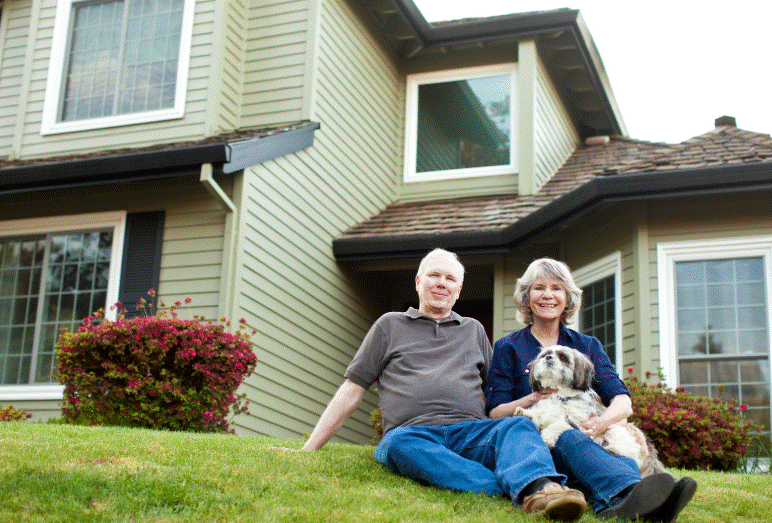
How Aging Baby Boomers Are Shaping the Housing Market
The baby boomer generation, born between 1946 and 1964, is one of the most influential demographic groups in history. As millions of boomers approach or enter retirement, their impact on the housing market is profound. From downsizing to reverse mortgages and the rise of senior-friendly housing options, aging boomers are reshaping the real estate landscape in significant ways.
The Downsizing Trend
One of the most noticeable trends among baby boomers is the shift toward downsizing. After decades spent in larger family homes, many boomers are opting for smaller, more manageable properties. This trend is driven by several factors, including reduced maintenance needs, lower utility costs, and the desire for a simplified lifestyle.
Downsizing also aligns with the growing appeal of urban living. Many retirees are trading suburban homes for city apartments or condos, which offer proximity to healthcare, cultural amenities, and public transportation. According to a 2023 study by the National Association of Realtors (NAR), more than 40% of baby boomer homebuyers preferred smaller homes in walkable neighborhoods, highlighting a shift in priorities.
The Role of Reverse Mortgages
Reverse mortgages have become a popular financial tool for baby boomers seeking to tap into their home equity without selling their properties. These loans allow homeowners aged 62 and older to convert a portion of their home’s value into cash, providing a valuable source of income during retirement.
For many, reverse mortgages offer the flexibility to cover healthcare costs, home renovations, or other expenses without monthly mortgage payments. However, they’re not without risks. Reverse mortgages can reduce the inheritance left to heirs and may come with higher upfront costs compared to traditional loans. Still, the growing popularity of these products underscores their importance in shaping the financial strategies of aging homeowners.
Senior-Friendly Housing Options
The demand for senior-friendly housing has surged as baby boomers prioritize comfort and accessibility in their golden years. Features such as single-story layouts, wider doorways, and step-free showers are becoming standard in new construction aimed at this demographic. Additionally, many boomers are seeking homes in 55+ communities, which offer amenities like clubhouses, fitness centers, and organized social activities.
Beyond traditional homes, there’s also a rise in alternative housing arrangements, such as co-housing and multigenerational living. Co-housing communities, where seniors live independently but share common spaces and responsibilities, foster a sense of community and reduce isolation. Similarly, multigenerational households allow older adults to live with family members, providing mutual support and cost-sharing benefits.
The Broader Market Impact
The choices made by baby boomers are having ripple effects across the housing market. As they sell larger family homes to downsize, they create opportunities for younger families looking to upgrade. This turnover helps to ease inventory shortages in some regions, though high demand for smaller homes can drive up prices in that segment of the market.
Moreover, the boomer generation’s focus on accessibility and convenience is influencing design trends in real estate. Builders and developers are increasingly incorporating universal design principles to cater to an aging population. These changes benefit not only seniors but also individuals with mobility challenges and families with young children.
Challenges and Opportunities Ahead
While the housing market is adapting to meet the needs of baby boomers, challenges remain. The shortage of affordable housing—both for seniors and younger buyers—continues to be a pressing issue. Rising property taxes and maintenance costs also pose financial hurdles for retirees on fixed incomes.
However, opportunities abound for real estate professionals who understand and cater to this demographic. From specialized marketing strategies to offering services that simplify the buying or selling process, there’s significant potential to build lasting relationships with baby boomer clients.
Aging baby boomers are redefining what it means to retire and live comfortably. Their preferences for downsized living, financial flexibility through reverse mortgages, and senior-friendly housing options are reshaping the real estate market in ways that will continue to unfold for years to come. For buyers, sellers, and industry professionals, understanding these trends is key to navigating an evolving housing landscape.
As boomers continue to influence the market, their legacy will likely pave the way for future generations to redefine their own housing needs and priorities.

